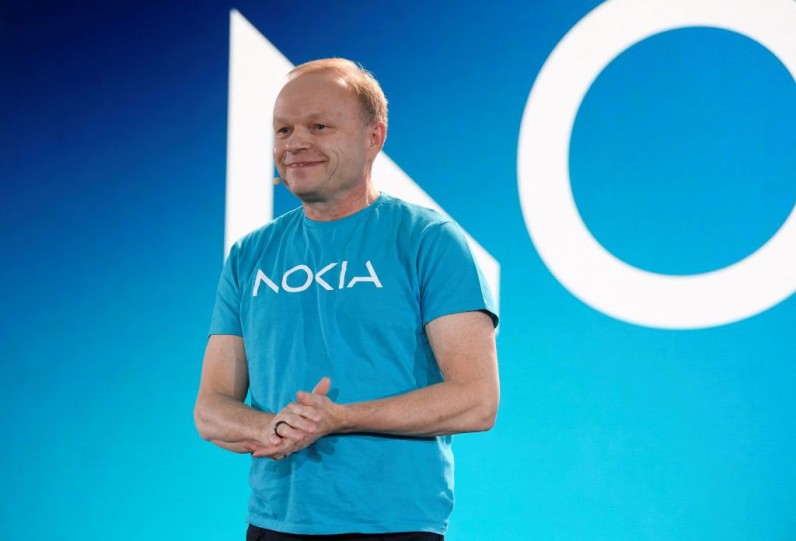
Nokia revealed on Monday, June 10, that it had made the first-ever audio and video call utilizing 3D spatial audio. The 3GPP Immersive Video and Audio Services (IVAS) codec placed the conversation over a cellular network, enabling callers to hear "sound spatially in real-time."
Stefan Lindström, Finland's Ambassador for Digitalization and New Technologies, and Nokia CEO Pekka Lundmark conducted the call.
IVAS Codec Allows Real-Time Spatial Sound
The 5G Advanced, of which the IVAS codec is a component, is an impending update to 5G networks that can bring in faster speeds, better energy efficiency, more precise cellular-based location, and other improvements, according to The Verge.
All cellular phone conversations are monophonic, using just one channel to compress the audio. In contrast, spatial audio uses many channels to create the illusion that sounds emanate from various directions.
Spatial Audio May Soon Be Available in Devices
Only certain applications, such as Apple Music, Netflix, and Disney Plus, provide spatial audio for a more immersive listening experience. But that could change soon.
The IVAS codec has the potential to allow spatial audio on the vast majority of handsets equipped with two microphones. Nokia Technologies President Jenni Lukander informed Reuters that this is now being standardized, so network providers, chipset makers, and phone manufacturers may start using it in their devices.
Many firms, including Nokia, are considering including the IVAS codec in 5G Advanced. However, it will be at least a few years before cellular networks support more immersive video and voice conversations.







Join the Conversation